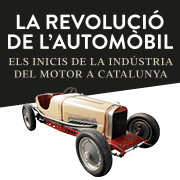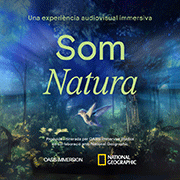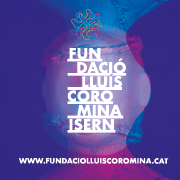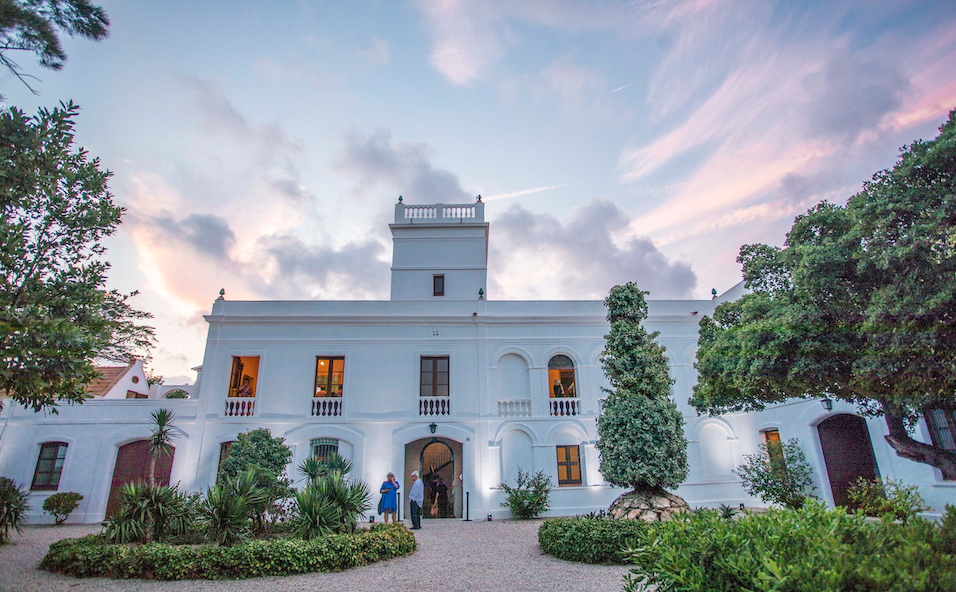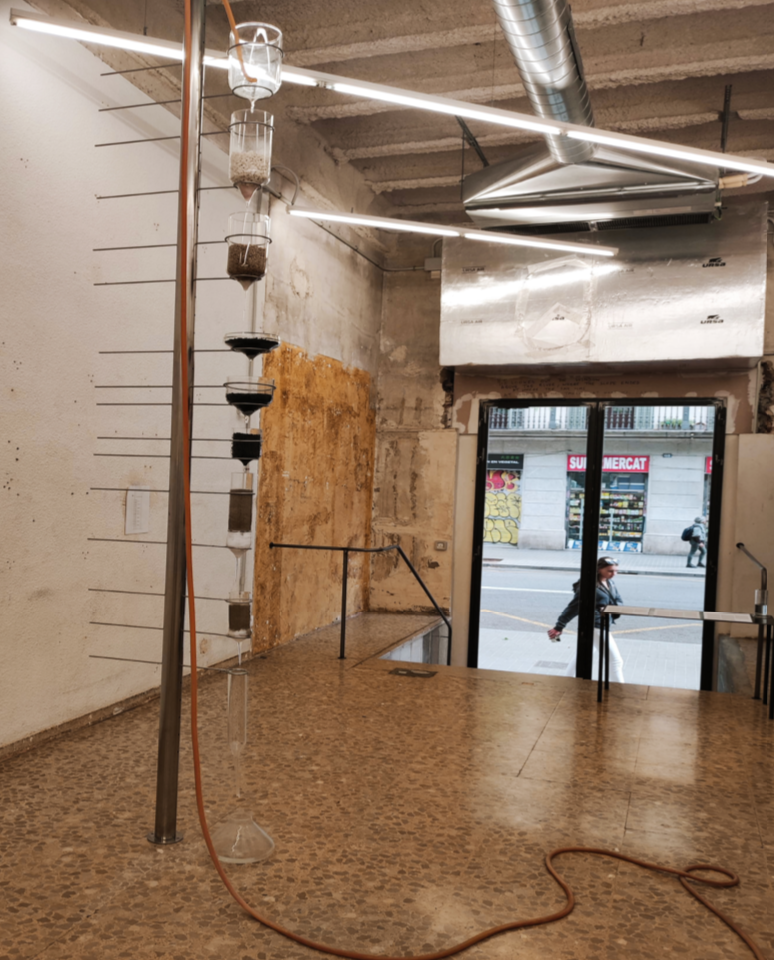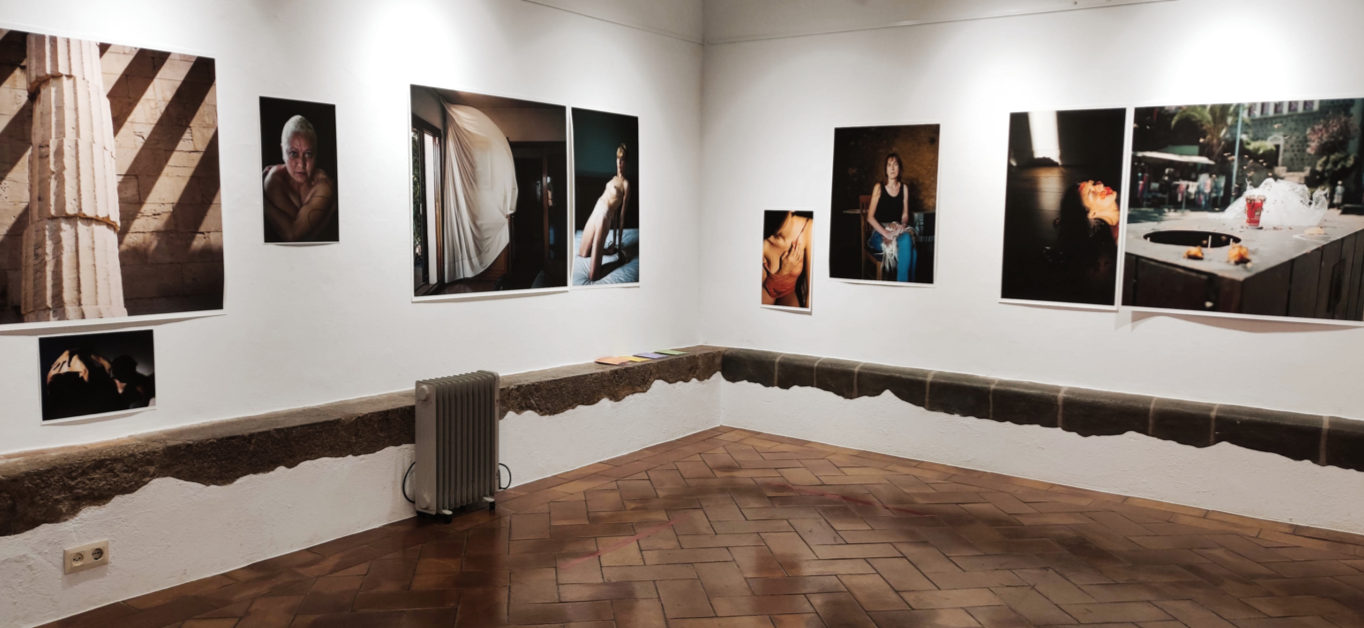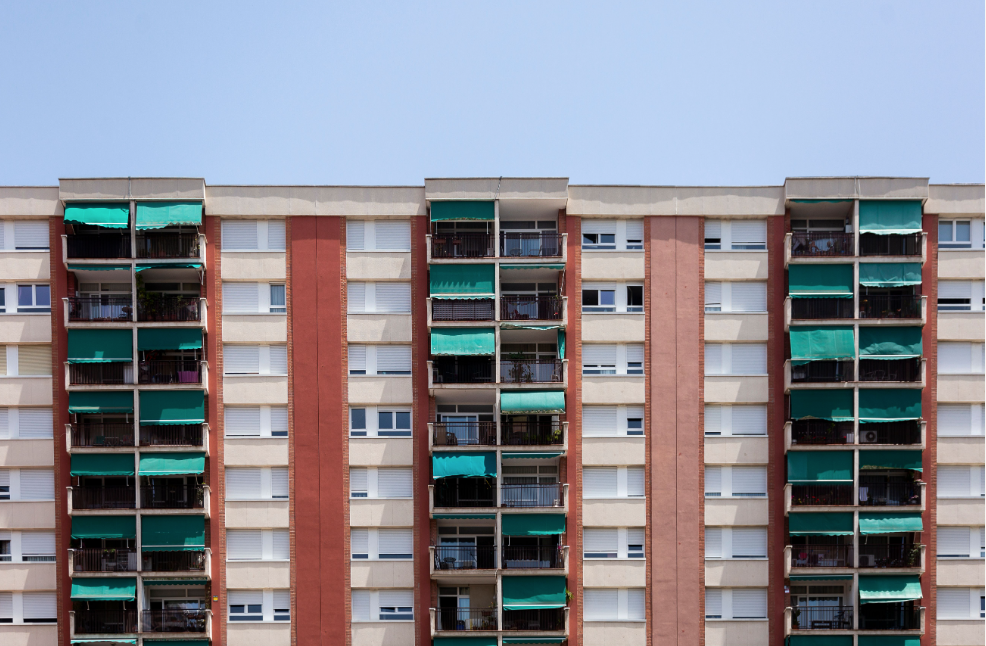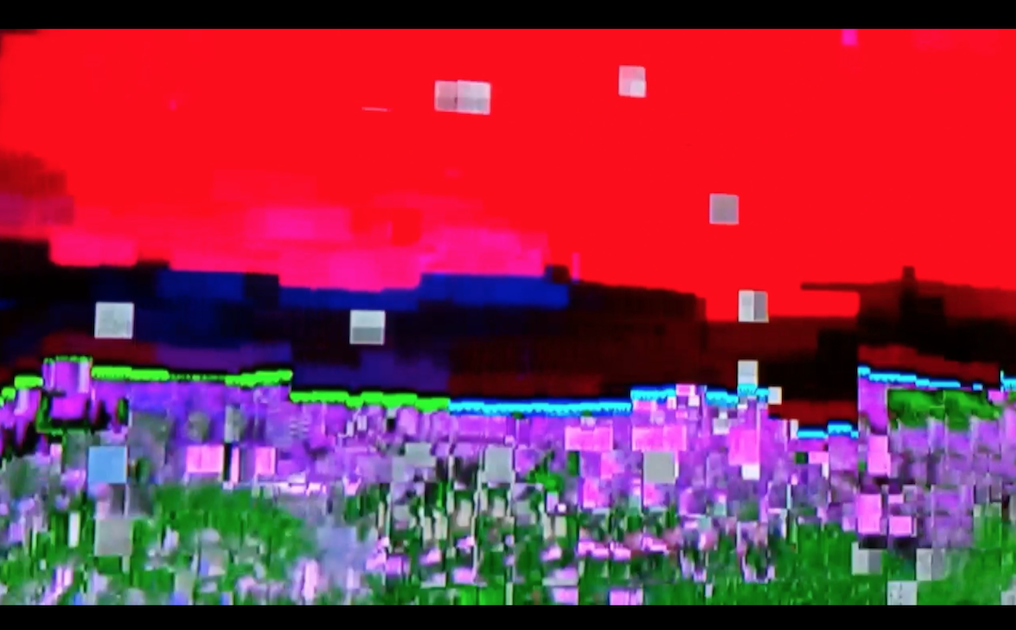
The Marlborough Gallery presents Mark Amerika. Remixing Reality. 1993-2023, the artist's first exhibition in Barcelona that reviews three decades of research, since 1993. Considered one of the fathers in the use of digital tools, from the beginning, Mark Amerika has had a very vision advanced electronic and digital art, anticipating its time and the use of communication technologies applied to art. His career is complemented by his theoretical works and an important teaching task that has promoted research around the most innovative emerging artistic practices. Since 2019 he has been experimenting with the creative possibilities of artificial intelligence, showing his interest in so-called “artificial neural networks” and his relationship with what the Surrealists called “pure psychic automatism”.
The Latin phrase "Cogito ergo sum" is a philosophical approach of René Descartes, which became the fundamental element of Western rationalism. It is translated as "I think, therefore I am" or "because I think, I am" or "I am because I think", since Descartes comes to the conclusion that thinking is proof of the pre-existence of being (you cannot think without first to exist), and not that existence is a consequence of thought. Mark America (Miami, USA, 1960) turns him around and affirms "I link, then I exist". With this statement the artist updates the expression, adapting one of the fundamental principles of modern philosophy to the age of information. Thus it claims the new identity of the network user, the free choice and the autonomy to navigate and experiment from the links and hyperlinks.
Curated by Lorea Iglesias, Remixing Reality brings together one of his first net.art works, his most outstanding experiences with glitch art and some of his most recent creations in which he uses artificial intelligence and NFTs. As an artist and philosopher, his revealing research on creativity in artificial intelligence makes it clear that humanity is on the verge of a great upheaval in the creative and rhetorical arts.
Over three decades, Mark Amerika is known for creating Internet and video narratives that explore the relationship between digital images, electronic forms of writing, and sound art. He uses his background as a writer and filmmaker to create works that function as literary and philosophical commentaries on digital pop culture and technology. Among his best-known pieces is GRAMMATRON (1993-1997), one of the first net.art works selected for the Whitney Biennial of American Art (New York) in 2000. In 2009, Amerika began exhibiting Immobilité, considered the first feature-length art film shot with a mobile phone and exhibited at the Chelsea Art Museum in New York. The third work in the net.art trilogy is entitled Filmtext (2002) and was originally commissioned by the ICA in London as part of their retrospective exhibition, How To Be An Internet Artist . It is an interactive work that investigates the interrelationships between biotechnology, digital narrative and networked culture. The work is set in the language of computer games.
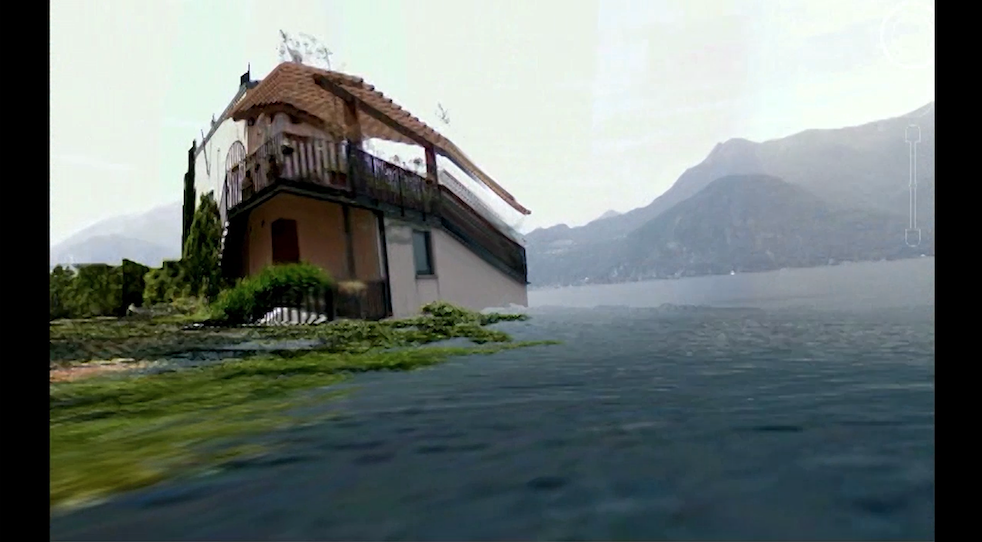 Mark Amerika. Lago Como. 2012. Remix. Vídeo
Mark Amerika. Lago Como. 2012. Remix. Vídeo
The exhibition also presents several pieces that are part of the MOGA_Museum of Glitch Aesthetics (2012). It is a virtual museum and a transmedia artwork that hosts various forms of glitch art . It was commissioned by the Abandon Normal Devices Festival on the occasion of the 2012 London Olympics. This virtual museum shows us the expressive capacity of error, while breaking with our mental construction of reality. We live in a post-digital age in which the high-resolution hyperreal image is pursued for its proximity to reality. In this sense, glitch art questions this type of image through deformation and in some way, humanizes technology. The connection of glitch art with other artistic movements is evident since the taste for the different, the strange, the deformed has been represented on many occasions by artists such as El Bosco, Goya, Francis Bacon or Louise Bourgeois, among many others . One of the pieces on display is a manipulation of Saturn devouring his son; one of Goya's black paintings.
In the video Lake Como Remix (2012), Amerika explores the formal properties of the Internet following the "aesthetics of the glitch"; a kind of distortion to defy digital high definition to escape hyperreality. It appropriates the errors produced by the virtual walks on a tour, in this case, by Lake Como in Italy. The resulting urban visuals are reminiscent of old video games that remix the look and feel of computer-animated images of the past with contemporary scenes of street life in cities such as Rio de Janeiro, Sao Paolo and London. On the other hand, the series 8-Bit Heaven (2012) is also part of his MOGA project and is about images captured with Google Street View , making use of the typical appropriation of digital art, to which 'applies an 8-bit filter, thus recalling the aesthetics of classic video games from the 80s. The result is a series of digital images with a retro and pixelated look with an intense color.
In 2019, America began experimenting with artificial intelligence. As an artist and writer, he is fascinated by what the AI community calls “machine learning” and “artificial neural networks” and their relationship to what the Surrealists called an aesthetic form of pure psychic automatism. Amerika was an early adopter of an online AI program called DALL-E 2 whereby each rendered image came with a watermark composed of small colored squares. He decided to work with AI to transform these generic watermarks into the main feature of each of the works that make up the Watermarks series.
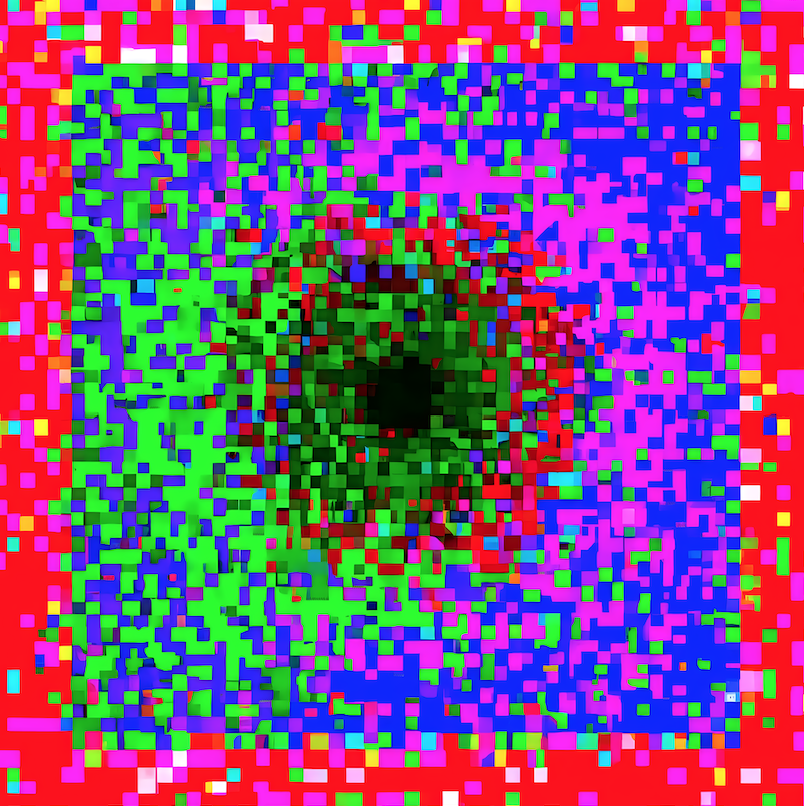 Mark Amerika. Watermarks. 2022. Impressió digital
Mark Amerika. Watermarks. 2022. Impressió digital
With the rise of NFTs, digital art became a rising commodity for the first time in art history. Amerika, seeing the recent explosion of interest in digital art online, in 2021 decided to respond to the new speculative art market and began creating a new series entitled Value Propositions . It represents a satirical critique of the contemporary art market, especially now that digital art is being taken more seriously simply because its monetary value has increased. This series of works is influenced by the work of John Baldessari, Joseph Kosuth and Jenny Holzer.
In the text of the catalog, Roberta Bosco states: "Mark Amerika is considered one of the fathers of net.art. The definition, however, is reductive. He has proven to be a 360º network artist, able to evolve in step with technology, so that through his works we have an approach and perception of the digital space that is always different."
Mark Amerika is an artist, theorist, writer and teacher. A Fine Arts graduate of Brown University, he has held solo exhibitions at places such as the Denver Art Museum, the Institute of Contemporary Art in London, and the Walker Art Center in Minneapolis. His work has been exhibited in more than a hundred international group exhibitions on five continents. He is the author of numerous books, including the cult novels The Kafka Chronicles (FC2/University of Alabama Press, 1993) and Sexual Blood (FC2/University of Alabama Press, 1995), as well as two books documenting his experiences as an early digital artist on the Internet and remix culture: META/DATA: A Digital Poetics (The MIT Press, 2007) and Remixthebook (University of Minnesota Press, 2011). In 2022, Amerika published My Life is Artificial Creative Intelligence (Stanford University Press), a book of artist essays focusing on her experiments with artificial intelligence. In 2022 he published My Life as an Artificial Creative Intelligence where he questions how his own “psychic automatism” is itself a non-human function strategically designed to reveal the poetic attributes of yet unimagined programmable worlds. Through a series of intellectual provocations, Amerika critically reflects on whether creativity itself is a non-human information behavior that emerges from an ontological presence experiencing an otherworldly aesthetic sensibility.
Professor of Digital Arts, Faculty of Art and Art History, University of Colorado, Boulder, USA, and Senior Research Fellow, Faculty of Humanities and Social Sciences, La Trobe University, Australia, was appointed one of Time magazine's 100 Innovators in 2001, which features the most influential artists, scientists, entertainers and philosophers of the 21st century.


